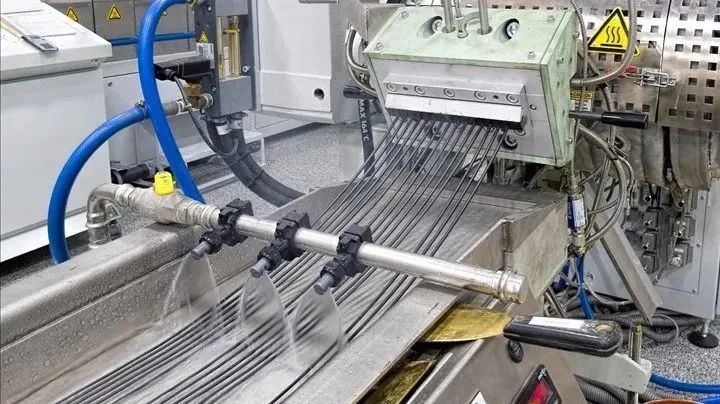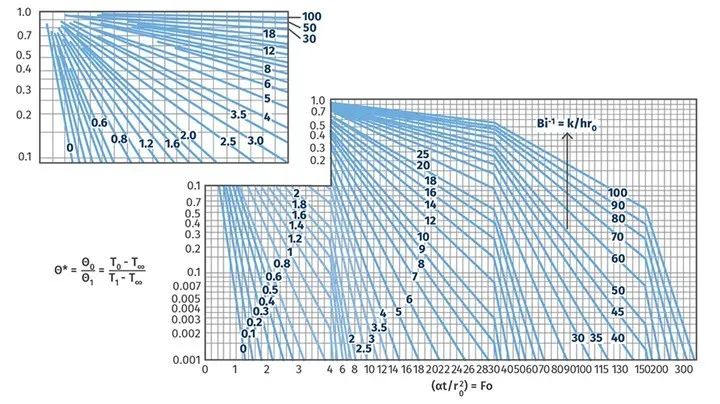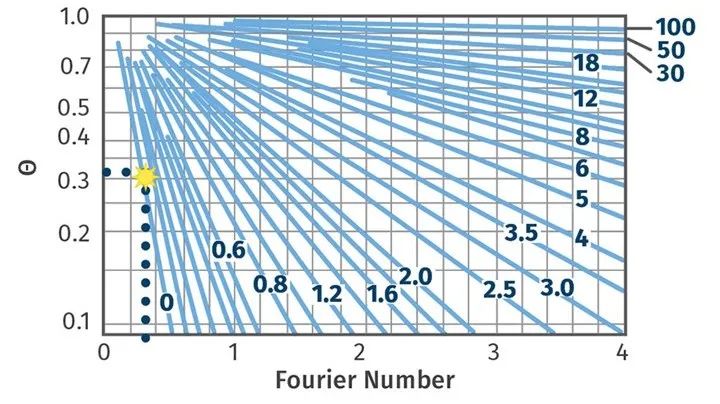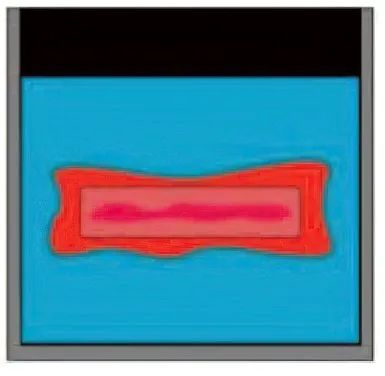One of the more easily overlooked issues in initial system design is determining how long the water bath should be in the granulation process.
For many unprofessional factories, the length of the water bath is usually ultimately determined not by theoretical methods or practical experience, but by the size of the remaining space in the production workshop. If the water bath is too short, it may cause granulation problems, and if the water bath is too long, it can cause space waste.
Some processors are fortunate to have previous experience that allows them to know how long the new water bath should last. Others should consider using theoretical methods based on unsteady heat transfer equations to determine the theoretical length of the water bath.
Over the years, many extrusion process experts have explored these theoretical methods. The purpose of this article is to provide a shortcut for you to roughly understand how long a water bath should last.

Firstly, you need to know your production line speed. After completion, you need to find the Hessler diagram shown in Figure 1. Different extrusion shapes have different Hessler diagrams, so please make sure to choose the correct Hessler diagram. These Heisler charts are easily available through Google search.
Figure 1 is the Heisler diagram of a cylinder, and it is important to choose the correct diagram for your calculation. This one can be used for strip granulation.

These blue lines are the inverse Biot numbers (dimensionless quantities used for heat transfer calculations) of the object you want to cool. To obtain an approximate number of how long your water bath should last, please pay attention to the blue line marked with 0. Why? Because polymers are usually poor thermal conductors, with thin strands and stable water flow through your water bath.
If one of the situations is not applicable, you will have to find the hydraulic diameter of the water bath; The Reynolds number, Ludwig Prandtl number, Nusselt number and convection heat transfer coefficient of the water used to cool the strips determine the correct line to be used. If this sounds scary, just refer to the blue line marked with 0.
two
Then we calculate the approximate temperature Θ*。 This is basically the ratio of the temperature at which your plastic comes out of the mold to the temperature at which you want the plastic to be cut into particles.
If you need guidance on what the required plastic temperature should be, you can search online for the "softening point" of the polymer you are interested in and subtract 20 ° F. For polypropylene, it has been found that 192F has a good effect, but the required temperature depends on the specific polymer and granulator capacity. For example:
Θ*= (T plastic, desired–T water)/(T plastic, initial –T water)=(192℉–78℉)/(420℉–78℉) = 0.31
Now that we have the blue line number 0 and the approaching temperature, we can determine the Fourier number from the Hessler chart. You are approaching the temperature Θ* Place it on the left and move it to the right until you touch the blue line representing the inverse of Biot. As shown in Figure 2, the Fourier number is approximately 0.32.

three
With Fourier number, we can now calculate the time it takes for the plastic line to reach the required temperature. I used PP in this example, and the radius of the PP strip I tried to cool was 0.00239m (which I obtained from the diameter of my mold hole).
α= Thermal diffusion coefficient of PP=9.6x10-8m2/sec
t=(F0 × r02)/ α= (0.32x0.00239m2)/(9.6 × 10-8m2/s)=18.77 seconds
Now that we know the required time in the water bath, we can use the previously calculated linear velocity to calculate the predicted length of the water bath.
L water bath=t × Linear speed=18.77 seconds × 2.500 feet/second=47 feet
If you calculate that the water bath is longer than the space in your facility, you can try the following:
If your cooling water temperature is above 72 ℉, purchase or rent a cooler to reduce the inlet water temperature.
Use spray bars and evaporative cooling to further cool the strip.
Adjust the water bath roller settings to pass multiple times along the length or height in the water bath.
Use multiple water baths instead of one.
Please remember, this is a method to give you a rough idea of the duration of the water bath. For the sake of comprehensive disclosure, there are some drawbacks to using this technology as it ignores the impact of these factors:
• Number of braces;
The melting heat of crystalline polymers when transitioning from a molten state to a solid state;
The constant value (i.e. the thermal capacity of the polymer) varies with temperature;
The number of times the strip leaves and re-enters the sink;
The use of additives or fillers and their impact on physical properties.
In addition, when a plastic wire enters the water bath, it will heat the water around it or form a steam jacket. This results in the water bath actually attempting to cool the hot water layer before cooling the strip, which will delay the cooling effect of the water bath. In the absence of any turbulence, you can basically only try cooling the hot plastic line with warm water - this is a suboptimal cooling situation.

Finally, it is extremely necessary to verify the thermophysical properties of the plastic you want to cool, otherwise you may feel unhappy when your plastic does not behave as taught in textbooks or technical articles.
Nanjing Kunwei Lansheng Extrusion Intelligent Equipment Co., LTD
Address: No. 9 Guangtai Road, Dujiangyan City, Chengdu City, Sichuan Province
45 Limao Road, Wujin District, Changzhou City, Jiangsu Province
Tel:400-096-8228
E-mail:sales@njkwls.com
